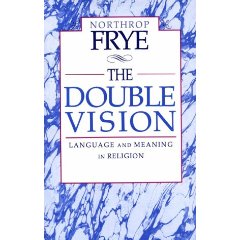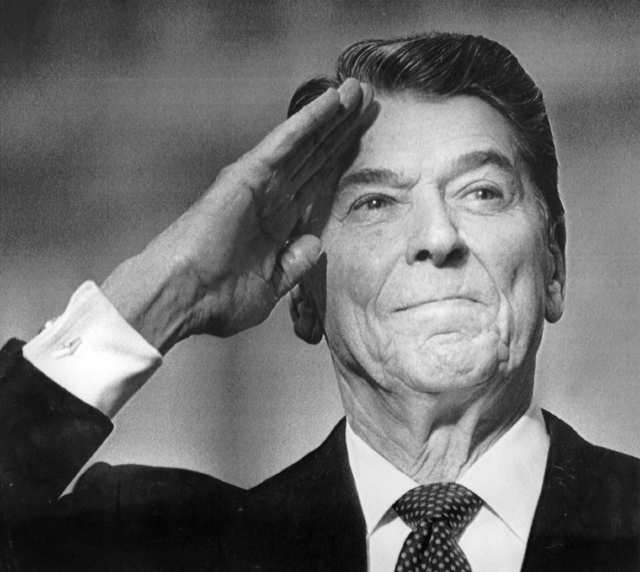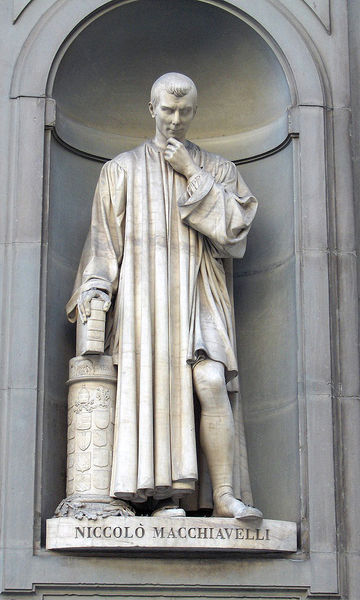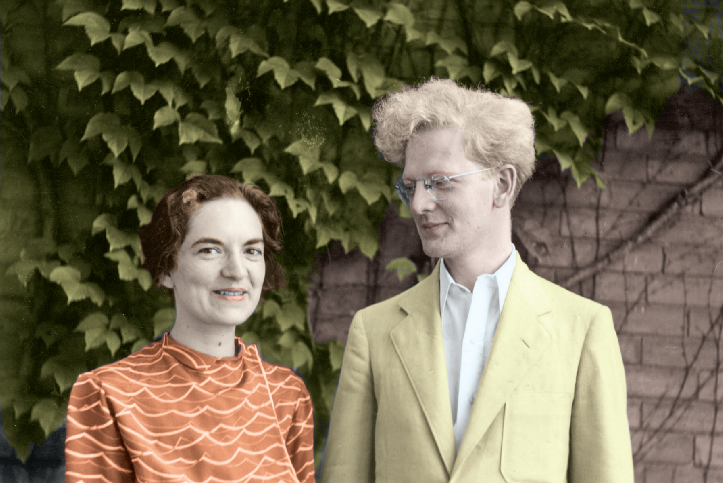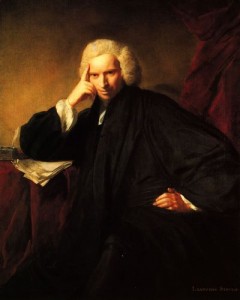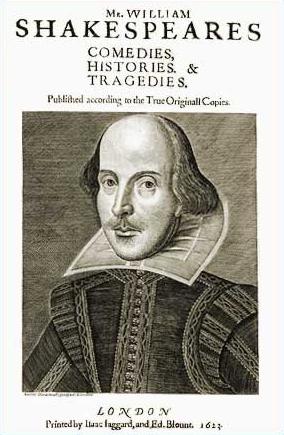httpv://www.youtube.com/watch?v=YrLk4vdY28Q
“Hallelujah,” performed live in London during Cohen’s recent world tour
At 75 Leonard Cohen remains a potent cultural force: his song “Hallelujah” has become something of a universal hymn over the last decade or so, and has been covered many times by people like Bob Dylan, Willie Nelson, Jeff Buckley, John Cale, k. d. lang, Rufus Wainwright — as well as by a handful of American Idol contestants looking to up their game. Below is a selection of Frye’s comments on Cohen’s work, beginning when he first appeared on the scene with Let Us Compare Mythologies (1956).
Leonard Cohen, Let Us Compare Mythologies (McGill Poetry Series; [Toronto:] Contact Press) is the first in a series of books featuring McGill poets, which we owe, as we owe so much, to the generous enthusiasm of Louis Dudek. The poems are of very unequal merit, but the book as a whole is a remarkable production. The erotic poems follow the usual convention of stacking up thighs like a Rockette chorus line, and for them Mr. Cohen’s own phrase, “obligations, the formalities of passion,” is comment enough. But it is an excess of energy rather than a deficiency of it that is his main technical obstacle. Sometimes moods and images get tangled up with each other and fail to come through to the reader, or allusions to books or paintings distract the attention and muffle the climax, as in Jingle. In short, this book has the normal characteristics of a good first volume.
To come to his positive qualities, his chief interest, as indicated in his title, is mythopoeic. The mythologies are Jewish, Christian, and Hellenistic. The Christian myth is seen as an extension of the Jewish one, its central hanged god in the tradition of the martyred Jew (“Saviors”), and Hellenism is the alien society which Christianity has come to terms with and Judaism has not. The mythical patterns of the Bible provide some of the paradigms of his imagery:
The sun is tangled
in black branches
raving like Absalom
between sky and water,
struggling through the dark terebinth
to commit its daily suicide.
Other mythical figures, such as the femme fatale at the centre of Letter, Story, and Song of Patience, and the dying god of Elegy, are of white‑goddess and golden‑bough provenance. Mr. Cohen’s outstanding poetic quality, so far, is a gift for macabre ballad reminding one of Auden, but thoroughly original, in which the chronicles of tabloids are celebrated in the limpid rhythms of folksong. The grisly Halloween Poem, with its muttering prose glosses, is perhaps the most striking of these, but there is also a fine mythopoeic Ballad beginning “My lady was found mutilated,” which starts with a loose free verse idiom and at the end suddenly concentrates into quatrains. The song beginning My lover Peterson is simpler but equally effective, and so is another disturbing news item called Warning. In Lovers he achieves the improbable feat of making a fine dry sardonic ballad out of the theme of a pogrom. No other Canadian poet known to me is doing anything like this, and I hope to see more of it-‑from Mr. Cohen, that is. [“Letters in Canada”]
Once technique reaches a certain degree of skill, it turns into something that we may darkly suspect to be fun: fun for the writer to display it, fun for the reader to watch it. In the old days we were conditioned to believe that only lowbrows read for fun, and that highbrows read serious literature to improve their minds. The coming of radio did a good deal to help this morbid situation, and television has done something (not enough) more. We now live in a time when Leonard Cohen can start out with an erudite book of poems called Let Us Compare Mythologies, the chief mythologies being the Biblical and the Classical, and evolve from there, quite naturally, into a well‑known folk singer. [“Conclusion” to Literary History of Canada]
The verbal wit that comes through in, say, Leonard Cohen’s Beautiful Losers, in some of Needham’s essays (see Mr. Conron’s article), in the concrete poets, is a sign of the presence of seriousness and not the absence of it, the serious being the opposite of the solemn. [“Conclusion” to Literary History of Canada]
A parenthetical remark in Leonard Cohen’s novel Beautiful Losers links a similar feeling of guilt to the colonial mentality of Canadians: “Some part of the Canadian Catholic mind is not certain of the Church’s victory over the Medicine Man. No wonder the forests of Quebec are mutilated and sold to America.” [“Haunted by Lack of Ghosts”]
While I was reviewing English Canadian poetry during the fifties, I noticed how many of the best people were turning erudite, allusive, even academic. I felt that this indicated the growth of an unforced and relaxed sense of a cultural tradition, one which could now be absorbed instead of merely imitated or echoed. Of course all the anxieties listed above were still in the air, and I was widely regarded as encouraging a new form of inhibited provincialism. But what I saw in, for example, Leonard Cohen’s Let Us Compare Mythologies, Jay Macpherson’s The Boatman, Margaret Avison’s Winter Sun, James Reaney’s Suit of Nettles seemed to me an attitude to cultural tradition that looked forward rather than back. [“Culture as Interpenetration”]


